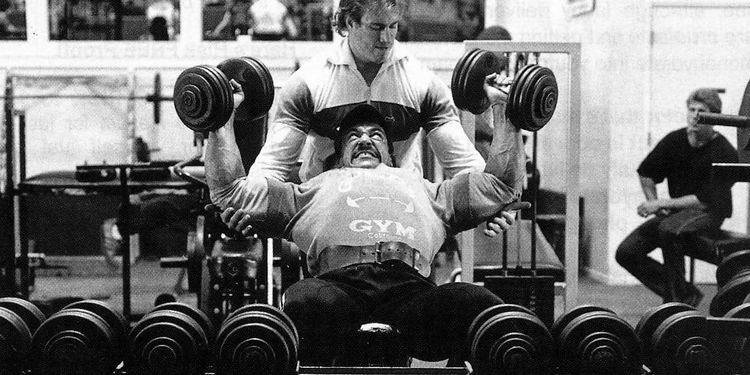The Experiment That Anyone Who’s Looking To Pack On Fast Muscle Needs To Know About
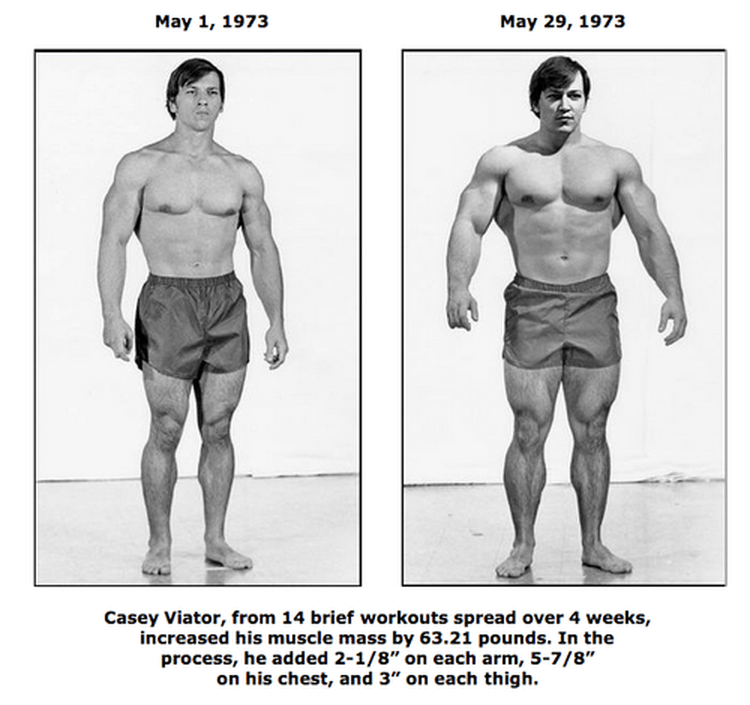
In 1973, a man named Casey Viator put on 63 lbs of muscle mass in just 28 days.
Though it may sound impossible, the results of what is now known as “The Colorado Experiment” are well-documented and widely published.
If you’re looking to pack on fast muscle, you need to know about the Colorado Experiment, hands down. Understanding the science and weight-training principles behind Viator’s massive muscle mass increase is essential if you’re looking to maximize muscle gain in your own body.
So, let’s take a closer look at the experiment and see how exactly Casey Viator put on so much muscle so quickly!
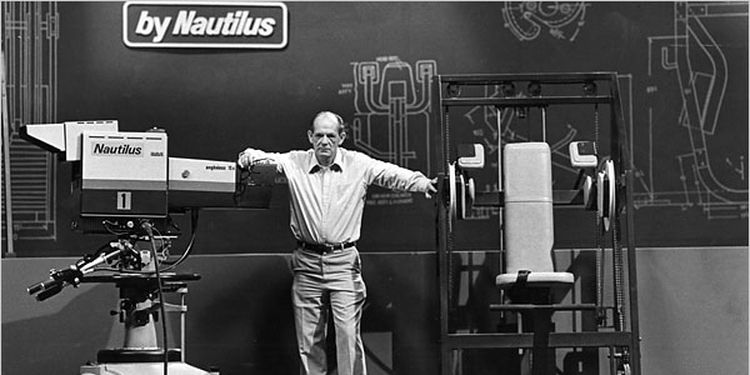
The Science Behind the Colorado Experiment
The Colorado Experiment was organized by Arthur Jones, the inventor of the Nautilus line of exercise machines, in 1973. It was hosted by Colorado State University.
Arthur Jones’ goal for completing this experiment was to prove the efficacy of high-intensity training for increasing muscle mass.
Jones believed that steroids were unnecessary and unhealthy, and the best thing for increasing muscle mass was a reasonably balanced diet and brief, high-intensity workouts.
Over the course of the 28-day experiment, Arthur Jones personally trained Casey Viator, a well-known and successful bodybuilder.
Viator’s exercise routines, daily food intake, and body composition measurements were recorded in detail throughout the duration of the experiment.
Viator took no steroids, growth supplements, or supplements of any kind. He ate an average of 4000 calories each day and never ate more than 5000 calories in a single day. He worked out a total of 14 times, averaging around 12 exercises and 33 minutes per workout, all using Nautilus machines.

Jones’ use of the phrase “high-intensity” to describe his workouts was no joke!
Viator performed each set of each exercise “to failure”— in other words, until he could literally not move another inch. There was also usually no rest between exercises. In his autobiography, Viator described how Jones would yell at him and insult him to make sure he was holding nothing back.
One anecdote circulated widely during the 1970s as evidence of just how intense Jones’ workouts really were. Apparently, Arnold Schwarzenegger trained briefly with Jones but was unable to complete one of the workouts because it was too difficult!
After 28 days, the results were in: Casey Viator put on 45.28 lbs of bodyweight and lost 17.93 lbs of body fat, resulting in a muscular gain of 63.21 lbs!
Jones himself completed the same experiment after Viator. His results, while nowhere near as remarkable as Viator’s, were still impressive: 15.44 lbs of muscle gain in 22 days.

Why Did the Colorado Experiment Work?
Viator and Jones’ bodies responded so well to the Colorado Experiment’s workout regimen for a few reasons.
First off, as Jones himself shared clearly, neither Viator or Jones were average individuals. In fact, Jones explicitly stated that he didn’t expect others to be able to duplicate these exact results.
Both Viator and Jones had been lifting weights for many years, and Viator was well-known for having one-in-a-million genetics for bodybuilding. He had won his first Mr. Universe bodybuilding competition at the age of 19!
Viator also had recently lost over 30 lbs due to a near-fatal allergic reaction to an anti-tetanus injection. Much of the weight gained by Viator during the Colorado Experiment was muscle he had lost in the past two years.
This is important, as it’s much easier for your body to regain lost muscle than to build new muscles from scratch. This is referred to as “muscle memory.”
All that said, Arthur Jones’ high-intensity methods certainly contributed to the experiment’s success. Since the Colorado Experiment, high-intensity training has become widely accepted as an effective way to pack on lean muscle mass.
Jones’ techniques and principles were even picked up by a number of NFL teams after the experiment’s results were published, with promising results. Multiple athletes showed dramatic increases in strength, speed, and size after just two months of high-intensity Nautilus training.
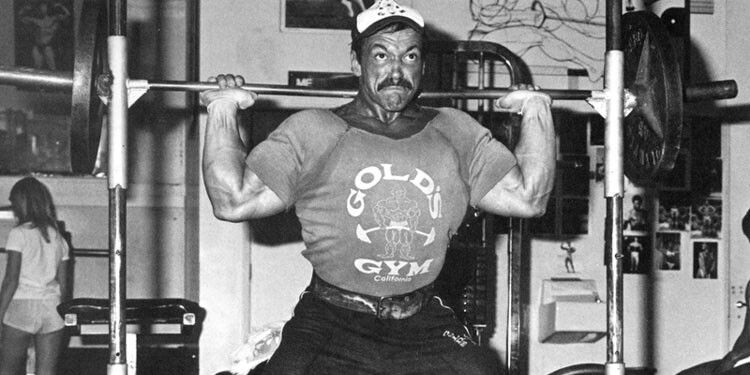
Can I Gain Muscle Fast?
Yes!
While you shouldn’t expect to put on 63 lbs in 28 days, if you apply the techniques Arthur Jones used in the Colorado Experiment, you can certainly pack on muscle fast.
For the best results, incorporate the following principles and techniques into your workouts.
- Leave it all in the gym: For every set of every exercise, you need to give it everything you’ve got. If you finish a set and feel like you could do more, you’re doing it wrong! These workouts are referred to as “high-intensity” for a reason.
- Emphasize “negative” movements: For example, when performing a bench press, focus on slowly lowering the bar to your chest. Use spotters to help you lift the bar back into position above your chest and repeat. Make sure your spotters are alert, experienced, and strong enough to help you! Mistakes here could lead to serious injury.
- Perform each repetition slowly: 5 seconds up, 5 seconds down. This ensures proper form and keeps you from using momentum to cheat!
- Keep reps low: For each exercise, choose a weight that allows for a maximum of 7-10 repetitions.

PHOTO: MUSCLEMECCA.COM - Focus on multi-joint exercises: Focus on compound exercises that target the biggest muscles in your body (e.g., bench press, dips, leg press, etc.). The Colorado Experiment used an average of 12 exercises each workout. Tim Ferriss recommends focusing on 4-7 exercises.
- Exercise your entire body each workout: This will maximize your body’s hormonal response and contribute to increased muscle mass gain.
- Keep rest periods to a minimum: Start at no more than 1-minute rest periods between sets and slowly (over the course of multiple workouts) work your way down to 30-second rest periods.
- Exercise no more than 3x each week: Tim Ferriss put on 34 lbs of muscle in 28 days working out only 2x a week.
- Always strive for progress: You should always strive to either increase weight or increase reps. Always keep proper form, however.
- Make sure to eat enough: To fuel such intense workouts, you’ll need to eat much higher amounts of protein than you’re probably used to. Tim Ferriss also recommends sticking with low glycemic index carbs like quinoa and dropping calorie intake by 50% one day each week.
For a detailed list of the workouts used in the Colorado Experiment and an in-depth explanation of each exercise, look here.
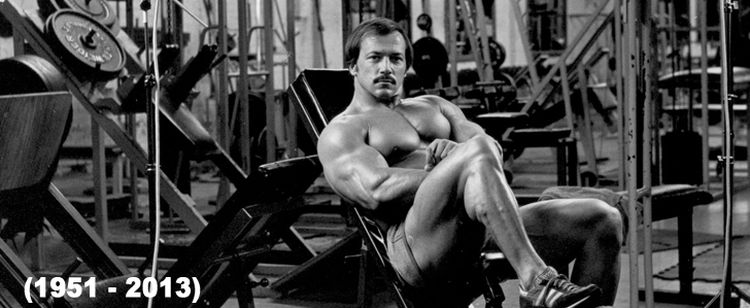
Summary
If there’s one thing I recommend you take away from this article and the Colorado Experiment, it’s this: with proper technique and diet, you too can pack on lots of lean muscle in a relatively short amount of time.
The techniques pioneered by Arthur Jones, refined by Tim Ferriss, and outlined above are fantastic principles to follow if you’re looking to maximize the quick gain of lean muscle mass.
These workouts are also most likely way more intense than you’re used to! By all means, get after it in the gym and strive for big results.
Just remember to do it right— keep proper form, avoid steroids, eat healthy, and avoid overtraining.
Above all, listen to your body and stay safe!

